A lot has been said about the relationship between science and art. Some people believe that they are two completely separate entities, while others think that they work together to create a deeper understanding of the world around us. I happen to fall into the latter category, and I believe that both science and art are necessary for a complete understanding of humanity.
In this article, I will explore the reasons why I think science and art are importantly linked together (hint: it’s empathy), and use a few personal examples and some historical context.
Why is the Topic of Empathy in Science and Art Important?
For context, I’m a neuroscientist by day, and a blogger, miniature painter, gamer, and hobby generalist by night (you can read more about me here). I figured it was about time I write about my thoughts about how all my interests converge into a single unified purpose.
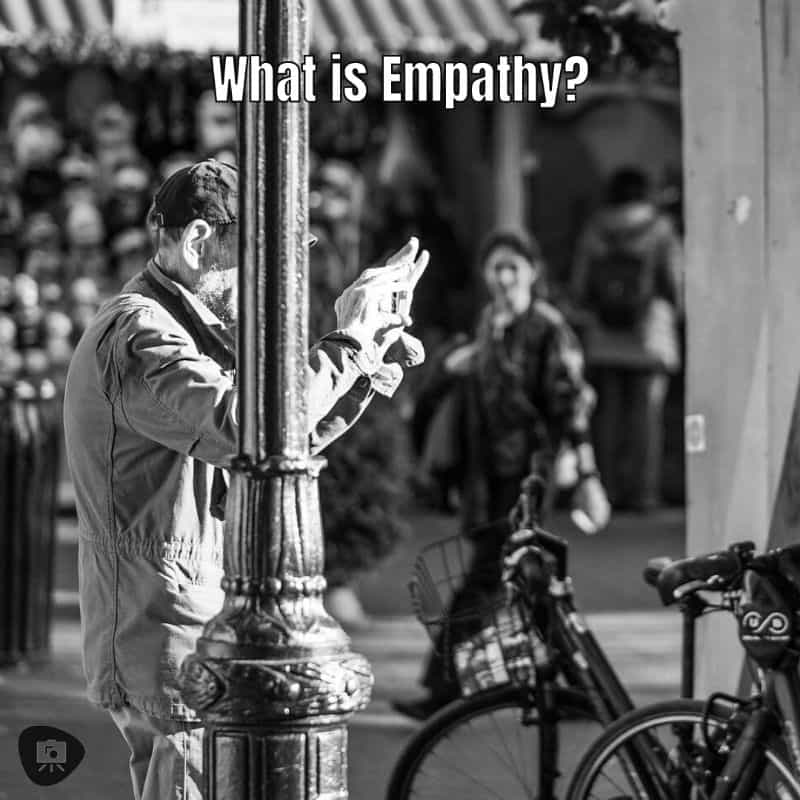
If I’m being truly honest, I think that my interests have always been to find new ways to see things as others do–to improve cognitive empathy (which is different than emotional empathy; more about this below).
Cognitive empathy, in simple terms, is the ability to understand what someone else is feeling. It can be described as the ability to walk in someone else’s shoes and see the world from their perspective. This is different from emotional empathy, which is the ability to feel what someone else is feeling.
There are many different ways to improve cognitive empathy, and art is one of them. By engaging with art, we can learn to see the world from a variety of perspectives, and this can help us to become better empathizers.
Emotional Empathy: The Blindside
An area I’ve never been truly good at has been emotional empathy. I’m slower to experience negative or positive emotions quickly when I see them expressed in others. Whether this is a defensive habit or openly a lack of empathy, I’m not so sure. But, I think it’s an area that I would love to practice more and more–though, it’s much harder with the increasingly isolating world we live in.

While I can see the big picture of other’s experience, empathize on the facts of it–and through those facts, feel the outcome–I’m not so quick at directly experiencing the face-value emotions of another. And, this is where I think diving into art has been important for me. The abstraction or visual communication of art is easier for me to directly feel and experience the heart of another person.
Maybe, it’s why I love movies so much; or, the feeling of wet paint on my hands when I’m teaching my daughter how to hold a paint brush.
Maybe this is you? Music or visual art easily conveys emotions to you–so much so that you can see the bigger picture of another’s life in an instant? Yet, you’re not as good at reading people’s emotions through their facial expressions or words alone.
Or maybe it’s the other way around–you can read someone else’s face like a book. So much so that you can see what they’re feeling without saying a word or even really realizing it at first? But, when listening to music or looking at art, it’s hard for you to really understand what someone else might be trying to convey artistically?
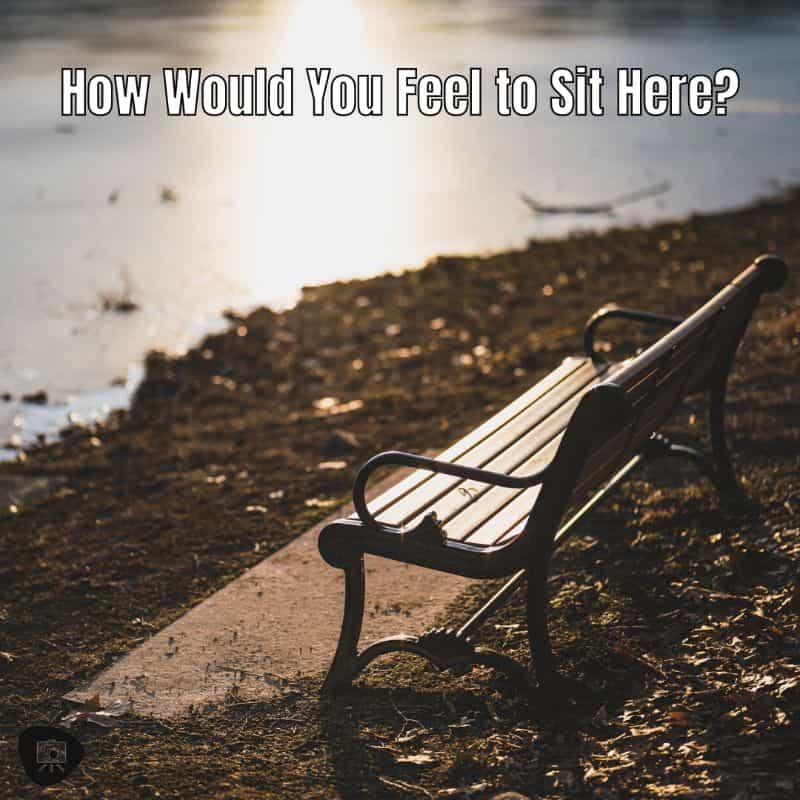
Well, I think that anyone who has the ability to directly experience art is just as proficient in cognitive or emotional empathy as those that can read another person’s face. Perhaps it takes more practice for some, including myself, than others.
To take this article in further, I’d like to share my thinking about empathy as a general need in the scientific world, and how art is the way to bring empathy to the bloodless discipline of empirical science.
What is Empathy? It’s Real Magic
Empathy is recognizing and understanding the thoughts and feelings of another individual. Being empathetic is the act of “putting oneself in another’s shoes”.
Empathy is important for relationships, as it allows individuals to understand the other’s perspective and assists in treating people with a deeper respect that goes beyond physical behavior. It is a deeper, shared understanding of others’ emotional states, thoughts, and lived experiences.
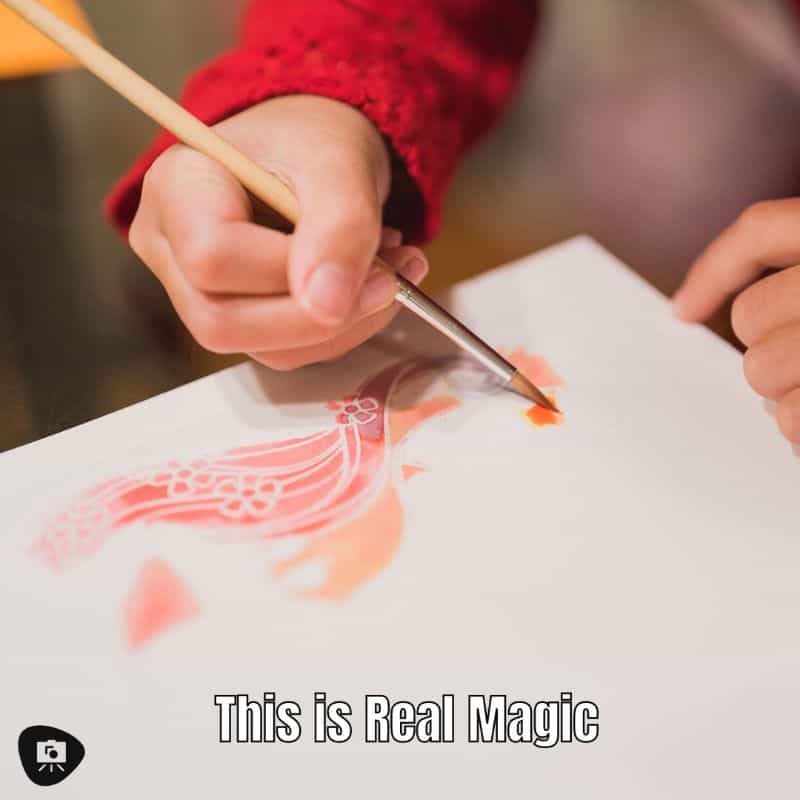
Although experts, e.g., neuroscientists, psychologists, whomever, have not identified “where empathy comes from in the body”, empathy is a trait that every human being has to some level or another. Some people have more empathy, and others have less. Some people have a hard time developing empathy for others, and others would prefer to avoid empathizing with others.
Why is Art Important for Communicating Empathy?
Art is a form of communication. It is a way of expressing oneself, and it can be used to propagate empathy. For example, when someone creates art, they may be putting themselves in the shoes of the person that they are trying to communicate with. It could be a specific person, or a broadly vague population of people, e.g., the audience of the world.
An empathetic artist may try to understand the other person’s (or group of persons’) perspective and feelings, and then express them through artwork. This allows that artist to “see themselves or their ideas” from a different perspective that bridges abstract concepts. For example, an empathetic artist may take a political issue that they are passionate about, and then express it in a way that helps the audience see the same thing from their perspective, e.g., political cartoon or mural.
What Does Artistic Empathy Have to Do with Science?
Science is the process by which we understand what makes our world work. It is knowledge that can be recorded, measured, tested, proven or disproven. Science–in its purest form–is a logical, emotional-less, and objective discipline.
You practice science through repeating methods and observation. More importantly, much of the hard sciences relies on forming questions through synthesized ideas, e.g., hypotheses–that rely on the discipline of reducing physical reality into its smallest parts, e.g., a form of reductionism.
(Note that I mention “hard science”, which refers to the fields and sub-fields of biology, chemistry, mathematics, and physics. I won’t argue the differences, merits/drawbacks, of hard versus soft science, e.g., psychology, sociology, among a few. But, you can read more about this “debate” here).

In this manner, the practice of science must exclude any variable that interferes with visible, observable phenomenon. When an actual experiment begins, emotion, perception, internal thoughts, are unobservable, non-quantifiable from a physical standpoint; and therefore, empathy is largely ignored in the scientific world.
And yet, without empathy, scientists cannot fully understand how their efforts relate to real people. If the scientist cannot fully understand how their efforts relate to real people, then there is no deeper understanding of why what they do matters.
The Empathetic Scientist
Empathy dictates that the scientist understand what matters to people. The concerns, fears, motivations, goals of real people with real medical issues or problems are actually very well represented in the hard sciences.
This is why science and art must go together: Art and empathy can bridge the gap between science and society–and this connection sustains a vital feedback loop that is critical for the progress of science.
In this regard, empathy can be a powerful force in the scientific community to propel innovation and discover new things about our world. It is the unwritten motivation for a scientist–a bridge any human being must understand and build in any endeavor to give it value. Without empathy–there is no understanding why what we do matters.
As a scientist, I would like to learn how to bridge my intellectual understanding of things to others through art. Maybe this is why I have so much respect for medical illustrators or traditional artists who work as scientific journalists.
The Sciences Needs Art
So, why is art important for communication between scientists and society?
- Artistic empathy can expand the questions that scientists ask by bringing in a new perspective–the perspective of what does “the science” mean to human beings.
- Art enables science to see its work from a different lens, e.g., through the use of metaphors and analogy, which help us make sense out of abstract concepts or processes. It helps scientists and the lay public alike to find a common ground in what we understand and why we should care about it.
- It allows the scientist to ask questions that otherwise would not be asked, e.g., “how can this invention help society?” Artists can go beyond just reporting on scientific discoveries, but also promoting dialogue on important issues that affect our health and future.
Interestingly, I think good example of the power of art is through graphic novels, illustrations, and photography, which can not only engage readers with entertaining stories and images, but also engage them with scientific information in a compelling manner that makes us think.
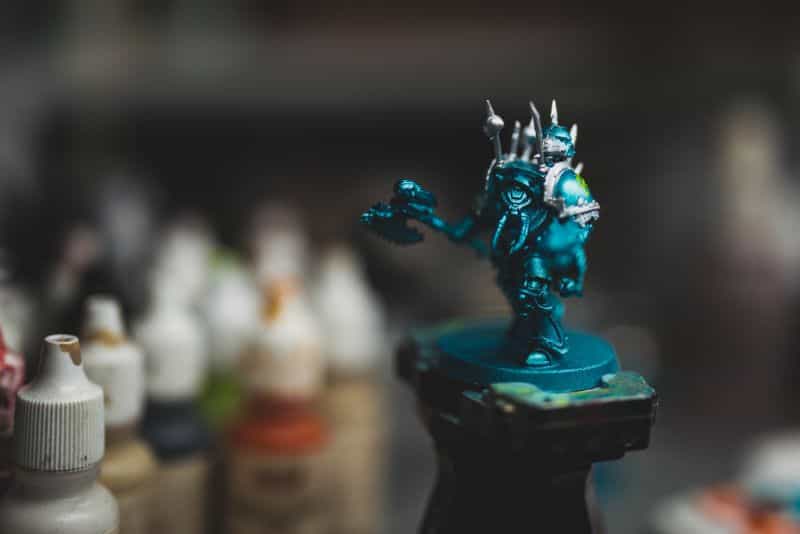
Painting miniatures, sculpting, and modeling (topic areas of this site) are also a potential way to communicate scientific concepts to the general public–though I’ve not seen many examples yet.
Taken together, even if science goes out of its way to ignore empathy in the pursuit of objective knowledge through research and experimentation–empathy is an integral part of what makes us human beings.

We do not live in a world dictated by pure reason or mathematics. How we think about our place in society, how we understand health and disease, how we communicate these ideas to others. These are all human concerns–and art can play a powerful role in reaching out and engaging the public with science.
Art Relies on Science, Too
To be fair, artistic empathy is not a brand new concept. For example, Renaissance and Baroque painters like Michelangelo and Caravaggio painted people of different social classes and backgrounds to show that they were human beings too–not just subjects for religious icons.
Rembrandt and some of his contemporaries went further–showing that the common people had relatable emotions and problems, not just great heroes.
Moreover, many fine artists from long ago were inspired by new techniques in optics, which allowed them to see human anatomy like never before. They had a better understanding of how light worked–and though they used it to paint and draw the human body–they also realized that this knowledge (light) could be applied to represent other things like landscapes, still life, and even everyday objects.
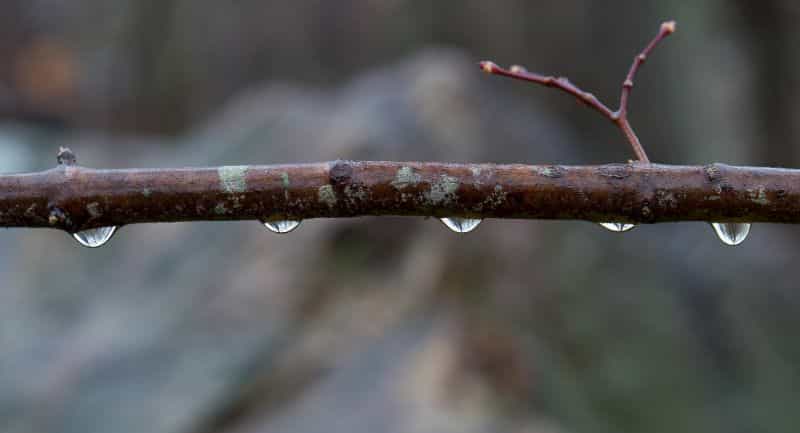
Art also has a history of innovation in depicting images using new media and evolving styles, which we may consider as analogous to the progression of scientific research and investigation.
For example, one can look at how artists experimented with stereoscopic 3D imagery (anaglyphs) during Victorian times and stereoscopic photography later on. They were attempting to simulate a 3D world, which emerging science “later ascribed” with additional information.
In the Digital Age, technology has been an important influence on art. In fact, photography as a medium took off after scientists mastered new techniques in mechanics and chemistry that allowed for images to be captured practically.
Today, artists use programs like Adobe Photoshop and Maya to create digital images and animation, which could be considered as the “paint” of the modern day. Now, 3D printing and modeling have come to the forefront, a total game-changer for artists and scientists, both.
Final Thoughts
And, there you have it. So, you see it. Here I am trying to say that science and art really are tightly related. The truth is I think that art and science have been influencing each other since before we knew what to call them.
Empathy through art and knowledge through science, come together to give us a deeper understanding of what makes us human–the mind, body, and soul–all in one. I want to understand the world, but I also want to feel it too.
I hope you enjoyed this article and my thoughts about the need for BOTH art and science to work together.
Got thoughts? Comments? Let me know what you think!



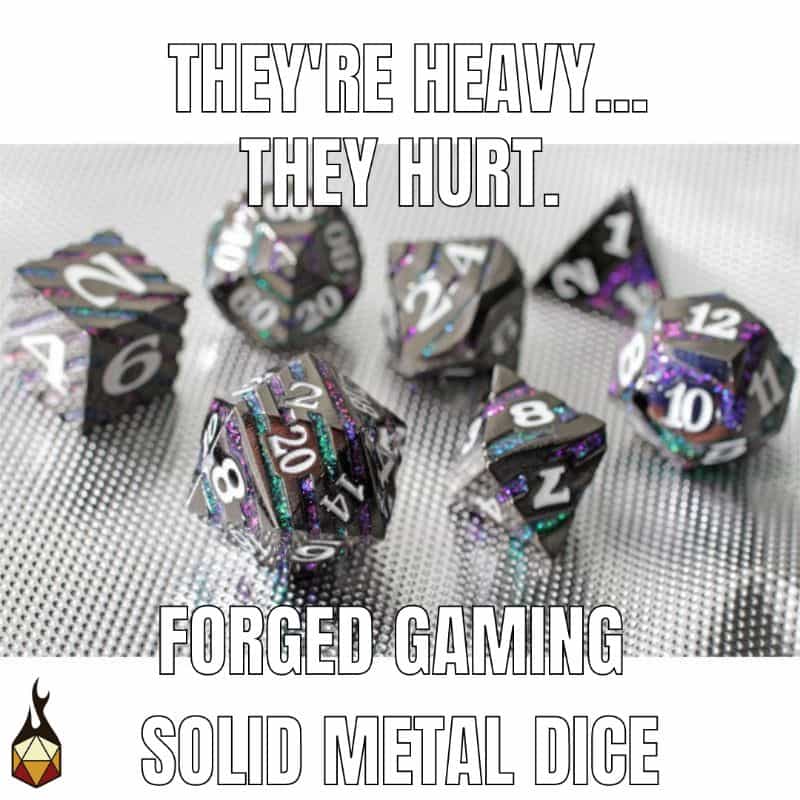

Tangible Day on YouTube (Miniatures and More!)

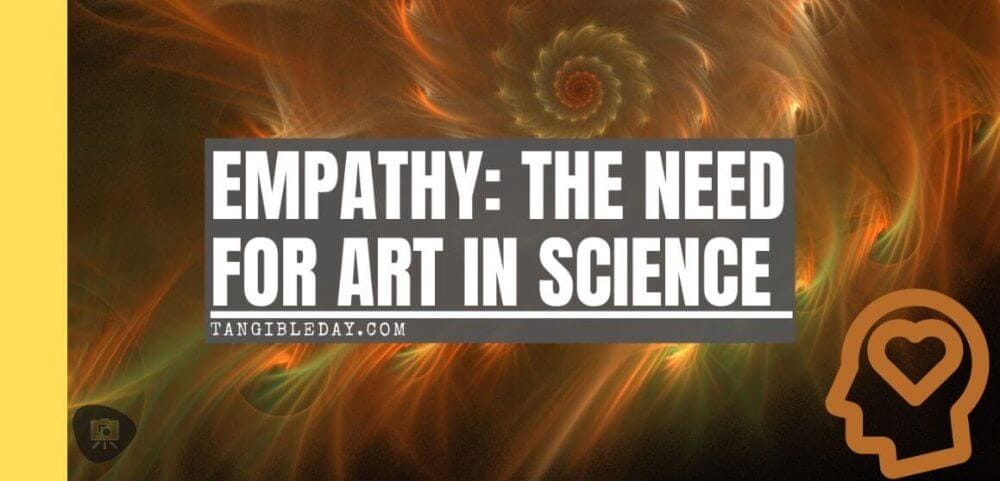
Pingback: Empathy: Why Science and Art Must Go Together (Editorial) - Toy Newz